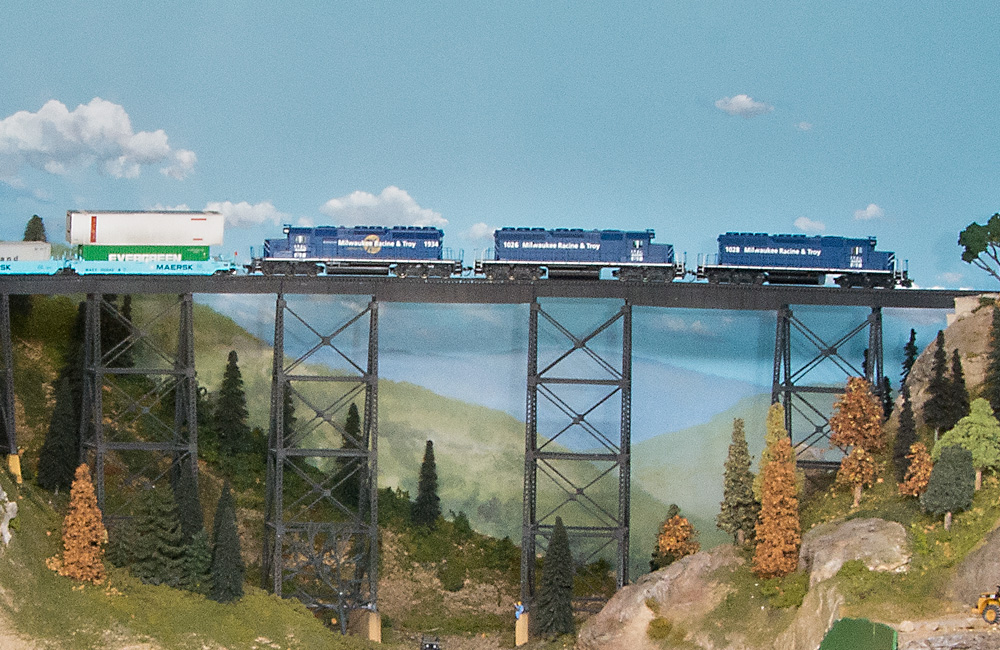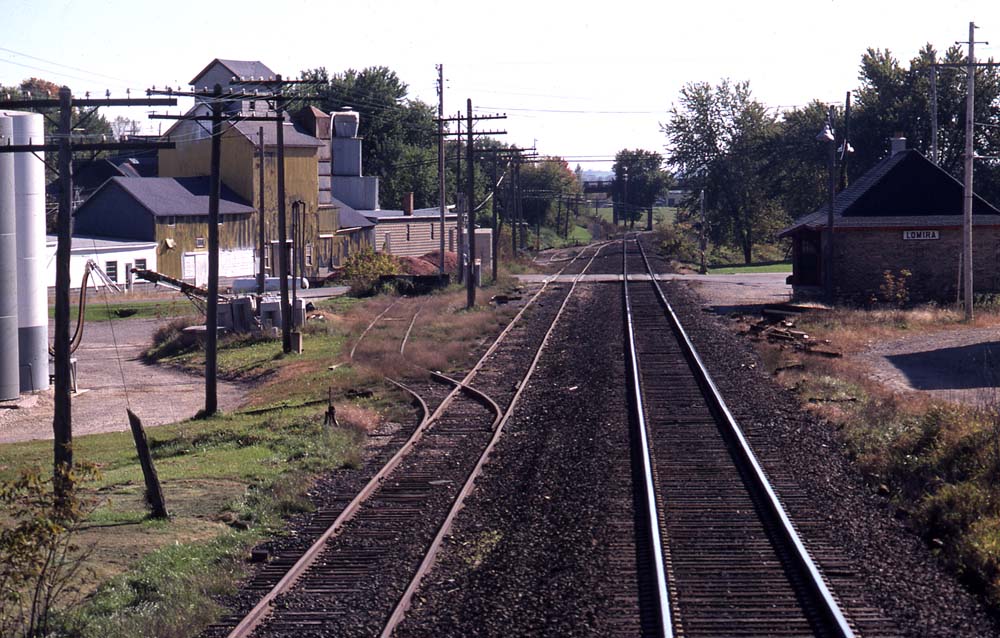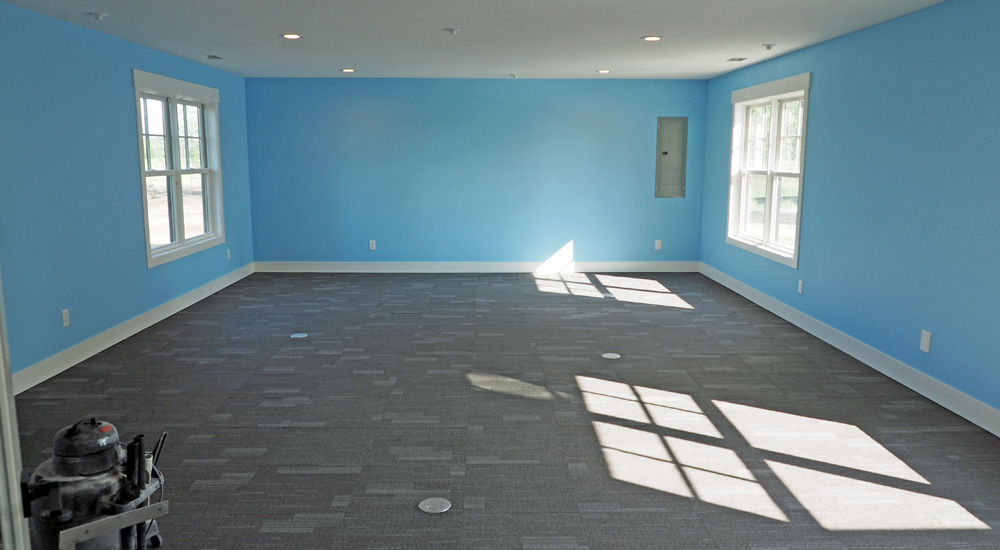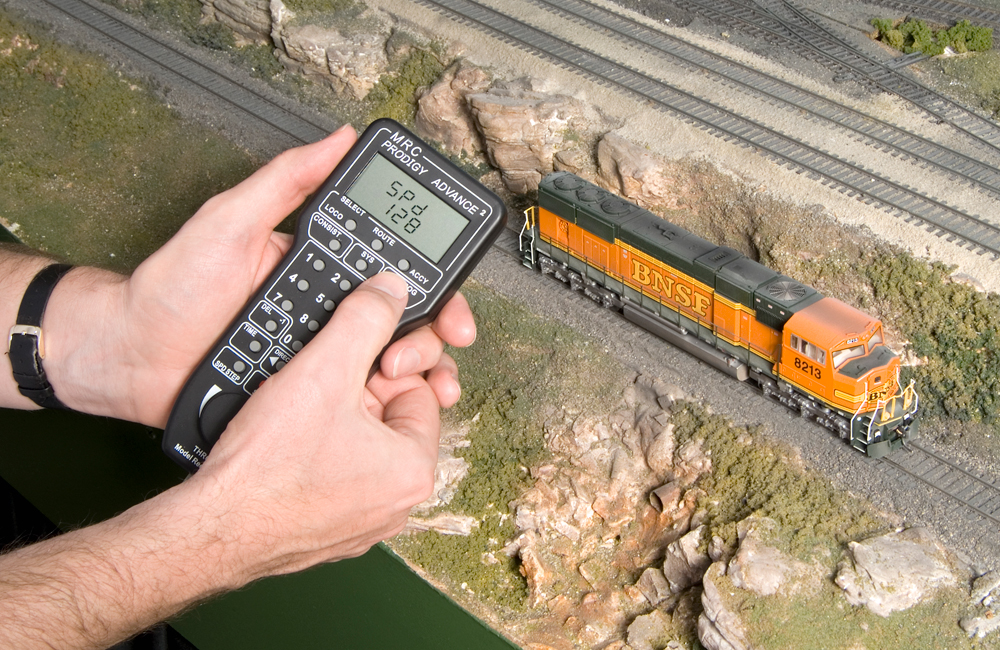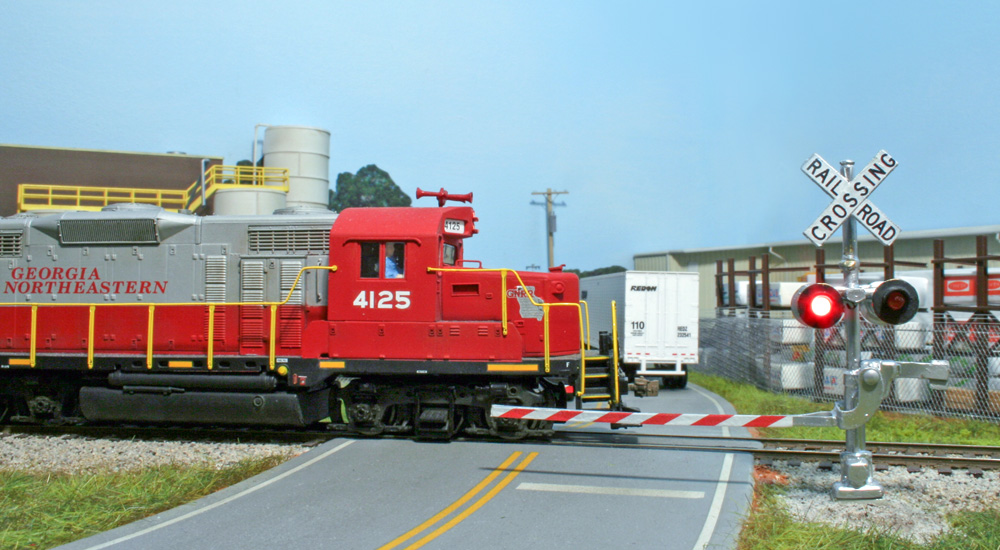
Q: I need some ideas to modernize a club layout. Our HO scale model railroad, which will appear in the July 2023 edition of Trackside Photos, is what I would call “mature.” All the track, scenery, and structures are well in place. We have discussed how to take our model railroad to the next level with technology such as signals, block detection, animated crossing gates, and semaphores, but we do not have that expertise in the club. Is this a topic that has been covered in Model Railroader? – Maurice DiTrapani, Treasure Coast Model Railroad Club, Port St. Lucie, Fla.
A: Hi, Maurice! It’s a small world. I was a member of the TCMRRC about 20 years ago, just about the time the club moved from the old Fairgrounds to its present home. But I had to move away before the club was able to build its new layout. I’d love to see what you’ve built in my absence.
To answer your question, sure, we’ve published a lot of articles about installing crossing gates, block detection, and signals, among other upgrades. In fact, we just ran an article on installing working crossing gates in our May 2023 issue. Animated accessories like this are a great way to make your layout more realistic, as well as to add excitement.
Just as wire actuators moved from beneath the layout can animate crossing gates, they can also move semaphore blades. In “Build a working interlocking plant, part 2” in our February 2015 issue, Don Ball explains how he built working semaphores for his HO scale Stockton & Copperopolis RR. Dave Mashino also told readers “How to scratchbuild a semaphore” in our December 2021 issue.
A good standalone project to get your feet wet with this kind of work would be to install a train-order semaphore at a station. By flipping a switch, the dispatcher can raise a semaphore blade to let an engineer know there’s a train order waiting for him at the depot.
When you start getting into block detection and signaling, though, you need to tap the dynamic brakes a bit first. Though it’s easy to put working block signals in the same category as crossing gates and train-order signals, they serve a real purpose on the prototypes. If you just think of them as another cool blinking accessory with which you can modernize a club layout, at some point someone in your club might think he can rely on those signals to run his train safely and end up in a cornfield meet.
So before you plan what kind of signals to install and where to put them, talk to your club members about prototypical operation. Specifically, about the type of traffic control system the layout is likely to use in the future. Sequential operations? Timetable and train order? Centralized Traffic Control? Will there be a dispatcher, and how much control will he have over the layout? Does he just issue train orders and track the movement of trains over the road, or does he also line mainline turnouts remotely with a CTC machine or a computer touchscreen? Does he rely on engineers to OS (“on sheet,” or report in as their trains pass specific checkpoints) as they go, or on block detection? Does the dispatcher control the signals, or are those automatic, driven by block detection and turnout position?
Once you have an idea how your club might want to operate the layout in the future, plan your signaling and control system to satisfy the pickiest members. The guys who just want to slap a train on the rails and run it around in circles may not care, but the prototype sticklers want to know the layout can keep up with them as their knowledge and skills grow. There may not be anyone in your club right now who wants to sit in front of a panel full of knobs and switches for the whole op session. But if that option is there, someone in your group may discover that dispatching a busy railroad offers all the fascination and challenge of a game of Sudoku, only with moving parts.
Now, as for how to do it, here’s some reading for you. Our own Ben Lake installed block detection, remote turnouts, and working signals on our N scale Canadian Canyon layout. He wrote about it in part 4 of that project railroad series, published in our April 2019 issue. Allan Gartner wrote about “Wiring block detectors” in his DCC Currents column of April 2022. Also look up his column from September 2021, “Block detection for signaling.” Our previous DCC columnist, Larry Puckett, wrote “Block detection, why and how” in May 2020. For more guidance on how to design and build a signal system for your club layout, check out Dave Abeles’ book Guide to Signals and Interlockings, which is available in the Kalmbach Hobby Store.
The way you phrased your desire to modernize a club layout gives me the feeling that your club members might be antsy for something to do now that the track, structures, and scenery are all done. Adding crossing gates and signals might keep them busy for a while, but once that’s finished, then what? Prototypical operations may be the answer. You can only build things for so long, but operating the layout is the gift that keeps on giving. Building a signaling and control system that allows your members to flex their operating skills will be its own reward.
Send us your questions
Have a question about modeling, operation, or prototype railroads? Send it to us at AskTrains@Trains.com. Be sure to put “Ask MR” in the subject.







